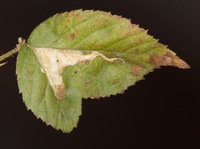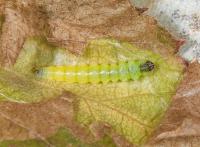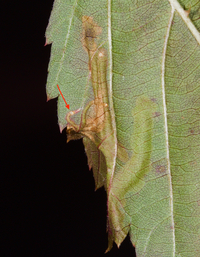
| Recorded by: Dean Furbish on 2025-11-08
Wake Co.
Comment: | 
| Recorded by: Tracy Feldman on 2025-08-28
Carteret Co.
Comment: |
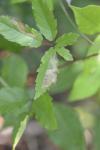
| Recorded by: T. Feldman on 2025-06-03
Carteret Co.
Comment: | 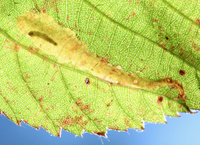
| Recorded by: Jim Petranka and Becky Elkin on 2024-10-11
Madison Co.
Comment: |
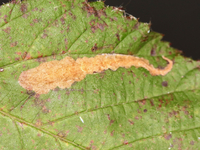
| Recorded by: Jim Petranka and Becky Elkin on 2024-10-11
Madison Co.
Comment: | 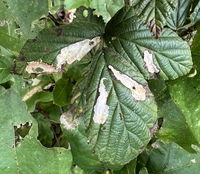
| Recorded by: Stephen Dunn on 2024-09-09
Orange Co.
Comment: |
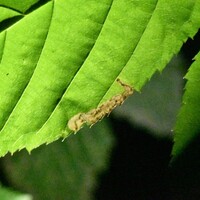
| Recorded by: David George, Jeff Niznik on 2024-08-05
Transylvania Co.
Comment: | 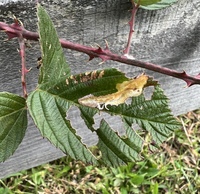
| Recorded by: Stephen Dunn on 2023-10-18
Orange Co.
Comment: |
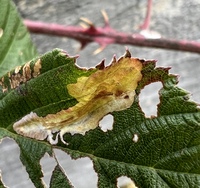
| Recorded by: Stephen Dunn on 2023-10-18
Orange Co.
Comment: | 
| Recorded by: Jim Petranka, Bo Sullivan and Becky Elkin on 2023-09-17
Macon Co.
Comment: |

| Recorded by: David George on 2023-07-18
Durham Co.
Comment: | 
| Recorded by: Jim Petranka and Becky Elkin on 2022-11-04
Anson Co.
Comment: |
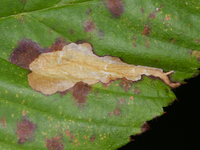
| Recorded by: Jim Petranka and Becky Elkin on 2022-11-04
Anson Co.
Comment: | 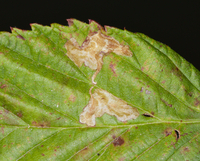
| Recorded by: Jim Petranka and Becky Elkin on 2022-09-28
Anson Co.
Comment: |
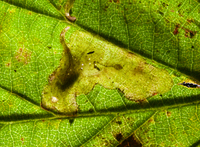
| Recorded by: Jim Petranka and Becky Elkin on 2022-09-28
Anson Co.
Comment: | 
| Recorded by: Jim Petranka, Becky Elkin, Steve Hall, Bo Sullivan and Carol Tingley on 2022-09-26
Scotland Co.
Comment: |
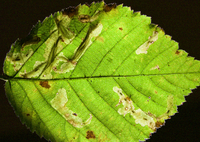
| Recorded by: Jim Petranka, Becky Elkin, Steve Hall, Bo Sullivan and Carol Tingley on 2022-09-26
Scotland Co.
Comment: | 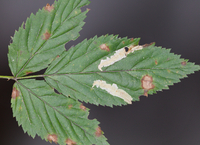
| Recorded by: Jim Petranka on 2022-08-28
Richmond Co.
Comment: |

| Recorded by: Jim Petranka on 2022-08-28
Richmond Co.
Comment: | 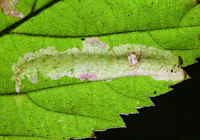
| Recorded by: Jim Petranka on 2022-08-28
Richmond Co.
Comment: |
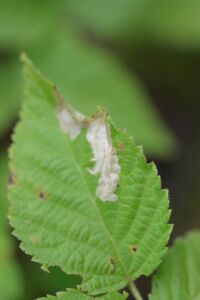
| Recorded by: Tracy S. Feldman on 2022-07-21
Durham Co.
Comment: | 
| Recorded by: Tracy S. Feldman on 2022-07-18
Durham Co.
Comment: |
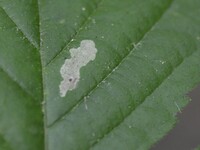
| Recorded by: Tracy S. Feldman on 2022-06-27
Durham Co.
Comment: | 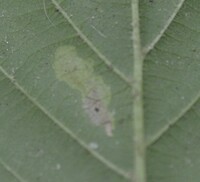
| Recorded by: Tracy S. Feldman on 2022-06-27
Durham Co.
Comment: |
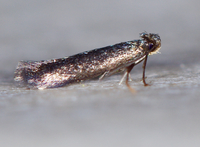
| Recorded by: Jim Petranka on 2022-06-18
Montgomery Co.
Comment: A reared adult from a Rubus sp. | 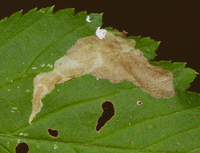
| Recorded by: Jim Petranka on 2022-05-31
Montgomery Co.
Comment: Occupied mine was on a blackberry (Rubus sp.). |

| Recorded by: Jim Petranka on 2022-05-31
Montgomery Co.
Comment: | 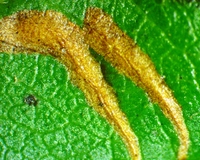
| Recorded by: Ken Kneidel on 2021-12-04
Mecklenburg Co.
Comment: iNat record - Gradually expanding mine between veins, with a longitudinal fold along its surface. The larva (3.4 mm) was extracted from a silk lined chamber; mine with holes at the end at the leaf undersurface. Post of the host plant, which I've identified as Rubus pensilvanicus, here: https://www.inaturalist.org/observations/102499771 |
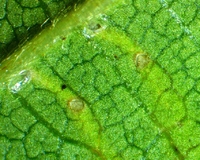
| Recorded by: Ken Kneidel on 2021-12-04
Mecklenburg Co.
Comment: iNat record - Gradually expanding mine between veins, with a longitudinal fold along its surface. The larva (3.4 mm) was extracted from a silk lined chamber; mine with holes at the end at the leaf undersurface. Post of the host plant, which I've identified as Rubus pensilvanicus, here: https://www.inaturalist.org/observations/102499771 | 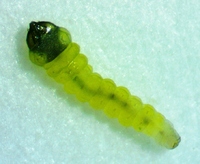
| Recorded by: Ken Kneidel on 2021-12-04
Mecklenburg Co.
Comment: iNat record - Gradually expanding mine between veins, with a longitudinal fold along its surface. The larva (3.4 mm) was extracted from a silk lined chamber; mine with holes at the end at the leaf undersurface. Post of the host plant, which I've identified as Rubus pensilvanicus, here: https://www.inaturalist.org/observations/102499771 |
|

 »
»